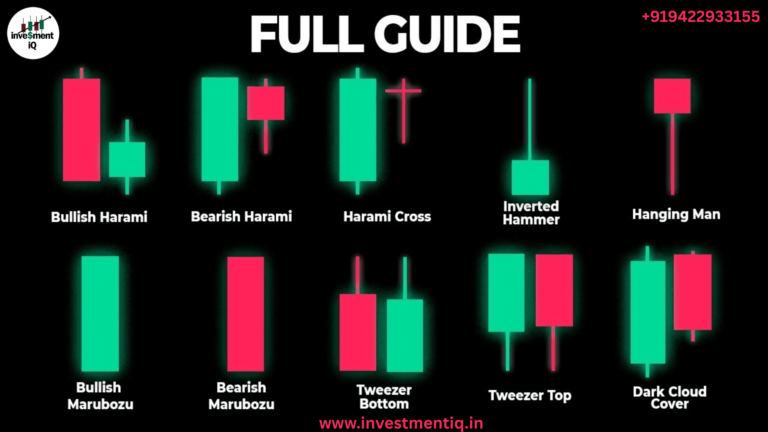
Key takeaways
- A bull market occurs when securities are on the rise while a bear market happens when securities fall for a sustained period of time.
- When you understand the differences between bull and bear markets, you can anticipate how they may impact your investment decisions.
- Working with a financial advisor to develop a plan and a diversified portfolio can help you manage market risk and avoid making emotional investment decisions.
Asset allocations. Expense ratios. Earnings per share. Let’s face it — the world of investing is rife with choices, complexities and jargon. However, there are two investment phrases that may be more familiar: bull vs. bear markets. While both describe how markets are performing, they are entirely different animals when it comes to the impact they can have on your portfolio and your investment decisions.
What is a bull market?
The financial markets for stocks, bonds and commodities are greatly affected by consumer confidence. And in bull markets, which occur when investment prices are on the rise for sustained periods, confidence is soaring. A bull market happens when stock prices have gone up 20% or more from the previous low for a sustained period of time.
Propelled by the thriving economies and low unemployment that usually accompany bull markets, investors are eager to buy or hold onto securities .
Throughout history, the bulls in U.S. markets have had some great runs, starting with the boom after World War II that exceeded the market’s peak before The Great Depression. Since that time, the market has experienced a series of bull markets, including the longest one from 2009 to 2019, which was on the heels of the collapse of the U.S. housing market.
But, as history has shown, bulls don’t run forever.
What is a bear market?
While bull markets are fueled by optimism, bear markets — which occur when stock prices fall 20% or more for a sustained period of time — are just the opposite. Bull markets are generally powered by economic strength, whereas bear markets often occur in periods of economic slowdown and higher unemployment. Instead of wanting to buy into the market, investors want to sell, often fleeing for the safety of cash or fixed-income securities.
Bear markets can last from a few weeks to several years. The first and most famous bear market was the Great Depression. The dot-com bubble in 2000 and the housing crisis of 2007–2008 are other examples.
What do the bull and bear reference?
The terms “bull” and “bear” markets come from imagining actual bulls and bears. Investors started using these terms in the 1700s. There are a few theories for how these terms came about. A charging bull gives the image of confidence. If a bull attacks, it also thrusts its horns upward, matching the rising trendline of a growing financial market.
If a bear attacks, it swipes its claws down, representing the downward spiral of crashing markets. Another theory is that a bear hibernates, representing a market that has lost its drive and is no longer active.
These images have become so iconic that there is a famous charging bull statue in the financial district in lower Manhattan.
Investor mindsets in bull vs. bear markets
Investing can be highly emotional. This comes across during bull and bear markets. In a bull market, investors may feel excited and confident. As asset prices go up and deliver gains, more people are encouraged to buy and continue the rally. Since bull markets tend to happen when the economy is strong, investors generally feel good about their financial situation and have more money to put into the market.
However, there is a real risk of investors becoming overconfident and taking on too much risk during bull markets, a phenomenon known as irrational exuberance. People can have a fear of missing out and jump into risky investments without doing research, as with the surge of meme stocks during the pandemic bull market in 2021.
The opposite happens during bear markets. Investors often get upset seeing their portfolios and net worth crash. Some decide to cash out and sell everything for safety. Since bear markets usually happen when the economy is struggling, investors feel frightened and uncertain about their personal lives, which carries over to their investment decisions. In both cases, emotions drive investor mindsets, pushing bull markets further up and bear markets down.
Comparison of bull vs. bear markets
| Bull market | Bear market | |
|---|---|---|
| Market trends | A prolonged rise in market prices | A prolonged fall in market prices |
| Economic conditions | Usually strong, as the economy is growing | Usually weak, as the market and economy struggle |
| Typical length | 3+ years | Less than a year |
| Investor mindset | Confident, happy, eager to invest more | Worried, uncertain, afraid to invest more |
| Possible investment pitfalls | Taking on too much risk, chasing returns, buying high | Selling everything at a market low and missing the future rebound |
How to invest in bull or bear markets
The best way to prepare for bull and bear markets is through financial planning. Creating a sound plan with a financial advisor will help you avoid two of the biggest traps investors fall into — making financial decisions based on emotion and trying to time market movements. For example, in bull markets, you may have recency bias that the market will continue to rise, and thus be willing to take more risk than is prudent. In contrast, in a down market, you may act on fear and make rash decisions, such as leaving the market.
Navigating the market waves
While it’s important to understand the direction of the markets, it’s extraordinarily difficult to predict when the transition from a bull to a bear market will take place. Trying to time the market can lead to emotional trading and more significant losses.
The best long-term strategy for managing market changes has been through strategic asset allocation and a diversified portfolio. While the stock market goes through cycles, it has historically earned a high average return over time. Working with a financial advisor can help create a diversified investment portfolio built to weather challenging markets.
you may be interested in ths blog here:-
What’s the difference between Treasury bonds, notes, and bills
Can I Open a Brokerage Account for My Child
What is the Contrast Between Favored Stock and Normal Stock?




